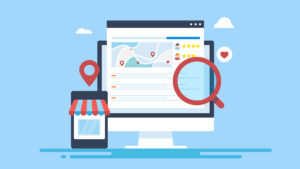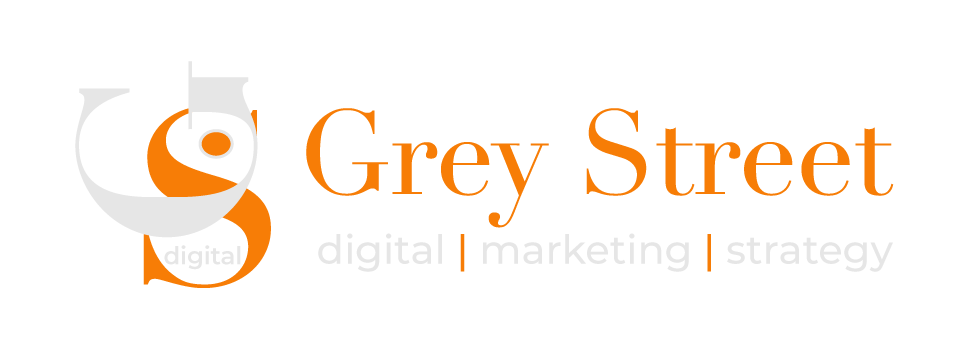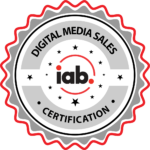As we head into 2025, small to medium-sized businesses are gearing up to refine their marketing strategies and optimize their budgets.
It’s no secret that effective marketing is key to growth, but determining how much to allocate and where to spend can feel like a daunting task. While it may seem like a lot, getting your budget and strategy right is crucial to a successful year.
In this article, we’ll discuss how small businesses can create a sustainable marketing budget and align it with a smart marketing strategy for 2025. Understanding these essentials will set you up for success, whether you’re a startup or an established business.
Why Budgeting is Crucial for Your Marketing Strategy
Small business owners often overlook budgeting for marketing, but it’s a critical component of your overall business plan.
A well-thought-out marketing budget helps you allocate resources efficiently, ensuring that every dollar you spend works towards achieving your business goals. It also enables you to measure the return on your investment (ROI), a key metric for determining the effectiveness of your campaigns.
Marketing budgets have grown over the last few years. According to HubSpot in 2023, a marketing budget is comprised roughly of 13.6% of a company’s total budget. As digital marketing costs rise, many businesses continue to increase their marketing spend to stay competitive. In fact, marketers have shifted their marketing budget towards digital marketing versus just traditional marketing.
Setting the Right Marketing Strategy for 2025
Developing a clear marketing strategy is essential before you start crunching the numbers for your marketing budget.
Ask yourself: What are your business goals for 2025? Do you want to increase sales, generate more leads, or build brand awareness? The answers to these questions will guide your strategy and help you allocate your budget wisely.
A successful marketing strategy for small businesses should include the following steps.
1 – Define Your Audience
Knowing your target audience is essential.
Are you targeting other businesses (B2B) or consumers (B2C)? B2B and B2C are very different audiences and will require different strategies and budgets. For B2B companies, a smaller percentage of your budget might be needed because you rely more on direct sales efforts. For B2C businesses, however, marketing is the primary way to reach and convert customers.
2 – Set SMART Goals
SMART goals (Specific, Measurable, Achievable, Relevant, Time-Bound) are crucial for creating actionable and trackable marketing plans.
For example, instead of saying, “We want more leads,” a SMART goal would be: “We want to increase leads by 15 percent over the next six months.” This specifically allows you to track progress and make adjustments as needed.
3 – Choose Your Marketing Channels
Where does your audience spend their time?
Are they more active on social media, searching for information on Google, or engaging with emails?
Allocate your budget towards channels that give you the highest return. In 2025, digital marketing will continue to dominate, with social media, search engine marketing (SEM), and email marketing being key strategies.
Allocating Your Marketing Budget: Where to Spend
Once you have a clear strategy, it’s time to allocate your budget.
A marketing budget should cover all areas that support your strategy, including advertising, content creation, social media management, and email campaigns.
Here’s a quick breakdown of potential areas to focus on.
1 – Digital Advertising
Paid digital ads, such as pay-per-click (PPC) or social media ads, are essential for reaching new audiences and driving traffic to your website.
With rising competition for ad space, it’s important to closely monitor the performance of your ads to ensure you’re getting the best return on your investment. Many small businesses succeed by running targeted ad campaigns focusing on specific demographics or customer segments.
2 – Content Marketing
Content marketing helps build trust with your audience while improving your search engine rankings.
Consider investing in blog posts, videos, case studies, and infographics that provide value to your customers. Compelling content can drive organic traffic and engage your audience, ultimately leading to more conversions.
3 – Email Marketing
Email remains one of the most cost-effective marketing channels for businesses of all sizes.
You can nurture leads, keep customers informed, and drive sales with personalized, segmented email campaigns. Email marketing platforms often offer tools to help you track performance so you can easily see which messages resonate with your audience.
4 – Social Media
Social media is a powerful tool for engaging with your audience and sharing content.
Whether you focus on organic posts or invest in paid advertising, social media marketing can help you reach and interact with customers where they spend a lot of their time. Identify the platforms where your target audience is most active and create content that resonates with them.
5 – Search Engine Optimization (SEO)
SEO is a long-term investment that can significantly impact your visibility online.
By optimizing your website and content for relevant keywords, you can improve your rankings on search engine results pages (SERPs), driving organic traffic to your site.
The right SEO strategy helps you get discovered by people actively searching for the products or services you offer.
Tailor Your Budget to Your Goals
There’s no one-size-fits-all approach to allocating a marketing budget.
Instead, focus on the marketing channels that align with your goals and deliver the best results for your business. If you’ve run marketing campaigns in the past, review your data to see which tactics were most effective and allocate more resources to those efforts.
For example, if past campaigns show that PPC ads generated a significant number of qualified leads, it might be worth investing more in digital advertising. If social media posts drive strong engagement but fewer direct conversions, you might decide to focus on using those channels for brand awareness rather than lead generation.
Remember, you don’t have to invest in every available channel. Start by focusing on the ones that best align with your goals and audience, then adjust as needed based on performance.
Maximizing a Small Marketing Budget
Even if your marketing budget is small, there are several ways to maximize your impact.
- Focus on ROI: Only invest in strategies and channels that show a measurable return. For example, if email marketing consistently brings in more leads than Facebook ads, allocate more funds to that channel.
- Leverage Free Tools: There are numerous free and low-cost marketing tools available to small businesses, from social media scheduling tools to SEO analyzers. Take advantage of these to stretch your budget further.
- Outsource Where Needed: If certain marketing activities, such as graphic design or content creation, are outside your skill set, consider outsourcing them. This can save you time and ensure professional-quality results without the cost of hiring a full-time employee.
Build a Better Marketing Strategy in 2025
Creating a marketing budget is essential for any small business looking to grow.
You can build a marketing strategy that supports your business objectives by defining your audience, setting SMART goals, and carefully allocating your budget across the right channels.
As you move into 2025, remember to track your results, adjust your spending as necessary, and focus on what works best for your unique business.
Want to learn more about creating a marketing budget that works for your business? Contact us today to get started, or sign up for our free newsletter for the latest tips and insights.























